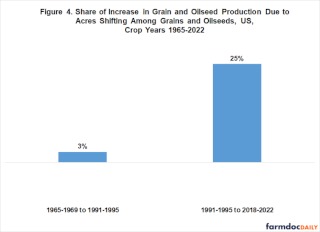By Josh Maples
Last week brought the release of a few key monthly cattle reports with interesting headlines. The monthly Cattle on Feed and Livestock Slaughter reports each showed sharp declines from year-ago levels. February 2024 had one extra day due to the leap year but that was not the only driver of the differences. We also received news of the return of the July Cattle inventory report. For this newsletter, we’ll dig into news from each of these reports.

The February Cattle on Feed report was released on Friday and showed lower numbers across placements, marketings, and total cattle on feed. The total inventory of cattle on feed in feedlots with 1,000 or more head capacity on March 1st was 11.6 million head. This was down 2 percent from compared to March 1, 2024. Marketings of fed cattle during February totaled 1.6 million head which was 9 percent below 2024.
Placements during February dropped sharply, down 18 percent from February 2024. The decline in placements was not unexpected as double-digit declines were expected pre-report, but 18 percent is still an eye-catching drop. While the smaller number of feeder cattle available is a key part of the current fundamentals, the 18 percent drop was as much driven by 2024 as it is 2025. The winter storms in 2024 caused irregular placement shifts last year which contributes to the year-over-year comparisons to being so disparate. Placements were lower in every reported state except for Washington. The largest year-over-year decline in placements occurred in Kansas (100,000 head fewer or down 22 percent), Texas (95,000 head fewer or down 27 percent), and Nebraska (65,000 head fewer or down 13 percent).
The monthly Livestock Slaughter report was released by USDA-NASS on Thursday. The report showed February cattle slaughter totaled 2.3 million head which was 11 percent lower than in February 2024. Steer slaughter was down 6.6 percent, heifer slaughter down 10.4 percent, and cow slaughter was down 21.8 percent from February 2024. Cattle weights were again a key point in this report and the average live weight was up to 1,432 pounds which is 48 pounds above a year ago. Steer dressed weights averaged 948 pounds which would be 1,517 pounds live weight if a 62.5 percent dressing percentage is assumed.

Finally, USDA-NASS announced the reinstatement of the July Cattle inventory report and County Estimates for Crops and Livestock after previously cutting these reports last year due to budget cuts. These are important reports to the cattle industry, especially during years like this one when market participants are looking for signs of herd expansion.
Source : osu.edu